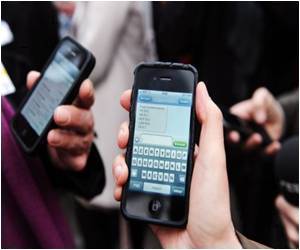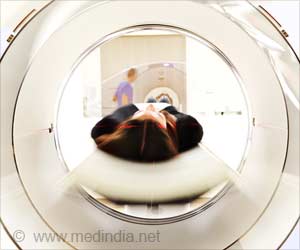Bio-compatible motion sensors for smartphones is being develpoed by scientists, which could be used to control prosthetic limbs and other artificial body parts.

In phones, MEMS sensor tells a smart phone if its screen is being held vertically or horizontally by converting signals from the phone's environment, such as its movement, into electrical impulses.
But the latest version of MEMS sensor, which has been developed with the use of 3D printer to make it more suitable for implantation in the human body, will work in the opposite way, by converting electrical signals into movement.
Source-ANI











